At CEDIA Expo last year, Sony surprised attendees with two new 4K Laser SXRD home theater projectors, the BRAVIA Projector 8 and BRAVIA Projector 9. Today, Sony unveiled their little brother, the BRAVIA Projector 7, and it shares the killer feature of its more expensive siblings: the XR Processor for Projectors.
While the laser light source and 3-Chip 4K native SXRD imaging engine provide the basis for the new projector’s bright, punchy picture, it’s the video processor that allows the new projector to perform as well as, if not better than, some theatrical projectors. The XR processor allows this new projector to perform critical picture quality functions like upconversion, motion processing and HDR tone mapping as well as the most advanced flat panel TV.
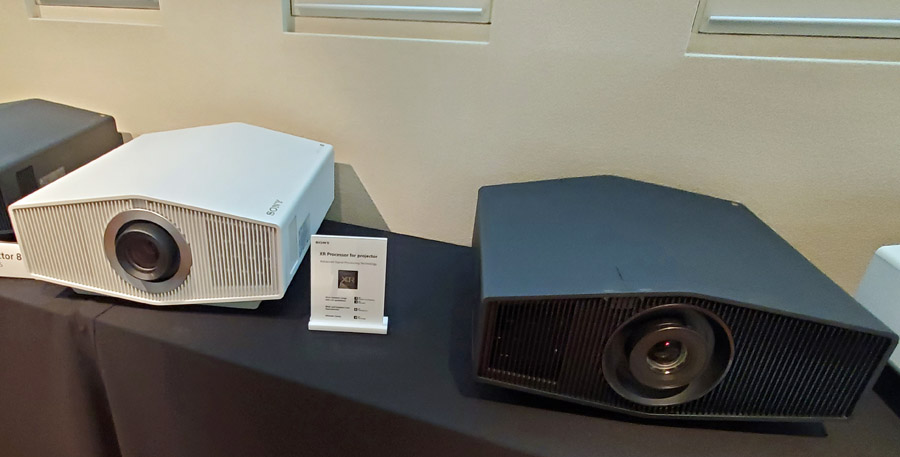
We’ve had the BRAVIA Projector 8 in the labs for the past few weeks, and it’s a stellar performer on virtually any type of content. For its list price of $15,999, it should be great. And it is. And while we don’t have exact pricing for the BRAVIA Projector 7, its smaller chassis, lack of powered zoom, lens shift and focus and its slightly lower peak brightness rating should bring the price down to around half the cost of the BRAVIA Projector 8.
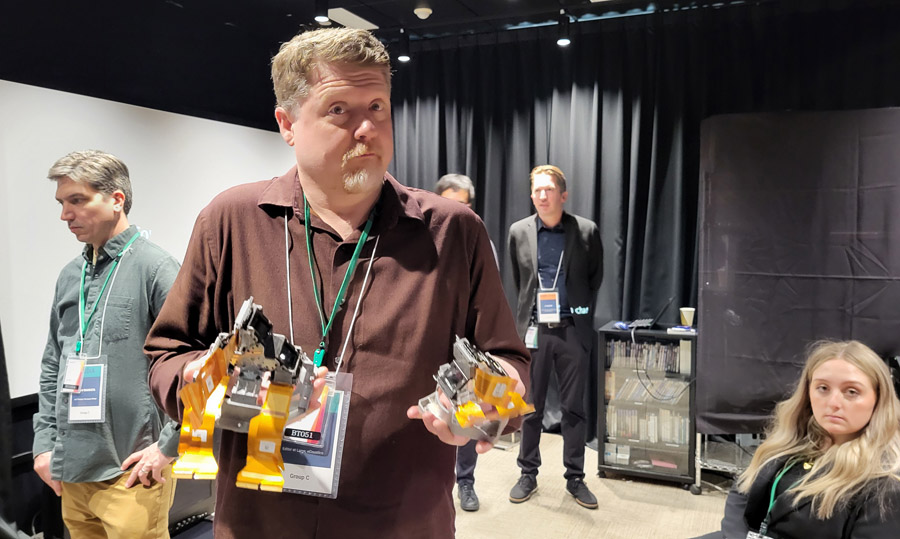
The BRAVIA 7 (full model number VPL-XW5100ES) offers a solid 2,200 Lumens of peak luminance, as well as manual focus, zoom and lens shift for flexible installation options. It comes in a smaller chassis than the Projector 8 and 9, which makes it lighter and easier to mount. But it’s that XR Processor that sets the projector apart.
Bad Content Looks Good, Great Content Looks Even Better
We had a chance to view a selection of video clips and stills on the BRAVIA Projector 7, compared directly to the company’s existing XW5000ES projector on the same screen. The main difference between the two is the inclusion of the new XR Processor on the Projector 7. On difficult HDR content like the final scene of the movie “Alpha,” which was mastered for 4,000 nits of peak brightness, the Projector 7 was easily able to reproduce the brilliant orb of the rising sun, while the XW5000 presented more of a shapeless blob of sunlight. Also, lower quality interlaced content came through with a fair amount of noise and compression artifacts on the XW5000 while the same content was much cleaner, with smoother motion and less noise on the Projector 7.
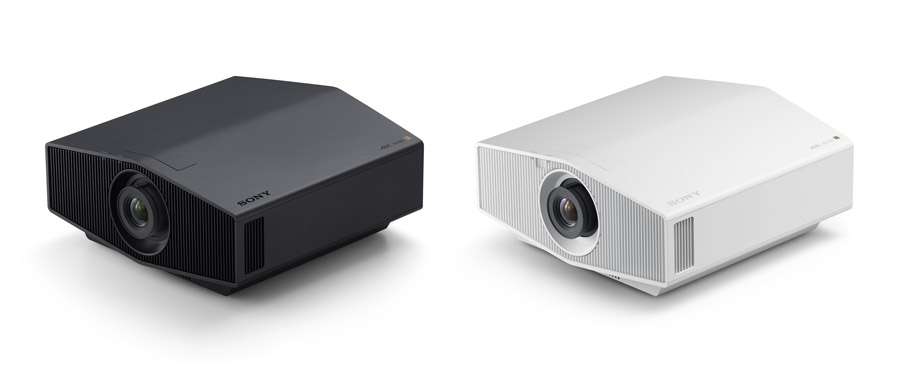
Gamers will appreciate the HDMI 2.1 inputs which supports 4K/120 fps with only around 12ms input lag. Auto Low Latency Mode (ALLM) provides the necessary smooth and clear movement for responsive and immersive gameplay on a super large screen. Like the BRAVIA Projector 8 and 9, BRAVIA Projector 7 includes IMAX Enhanced support for a more immersive viewing experience on compatible content.
Features of Sony’s XR Processor for Projectors:
- XR Dynamic Tone Mapping – the XR processor is extremely effective at mapping high dynamic range content to the more limited dynamic range of the projector, maintaining dark shadow details and bright specular highlights
- XR Deep Black – Black levels and contrast are critical on projectors due to their limited light output (compared to flat panel TVs). The XR processor takes precise control of the laser light source, bringing deep blacks and shadow details to the screen, while also improving overall power efficiency.
- XR TRILUMINOS PRO – Sony has been known for vivid accurate color reproduction since the company’s earliest Trinitron TVs. The color processor built into the Projector 7 supports over a billion colors for true-to-life color reproduction
- XR Clear Image – not all content is created equally. XR Clear Image processing uses a vast AI-driven database to recreate lost detail and eliminate noise and other artifacts from low resolution, compressed content
What’s Missing?
While the Projector 7 was impressive looking and offers strong performance, that’s not to say that it’s perfect. 2,200 Lumens of peak brightness is plenty of luminance for a dark home theater environment or even a mildly lit living room. But the image isn’t quite as crisp and dynamic in brighter ambient lighting. If you need to compete with the actual sun or bright room lighting, you might look for something with 2500 lumens or more of peak light output.
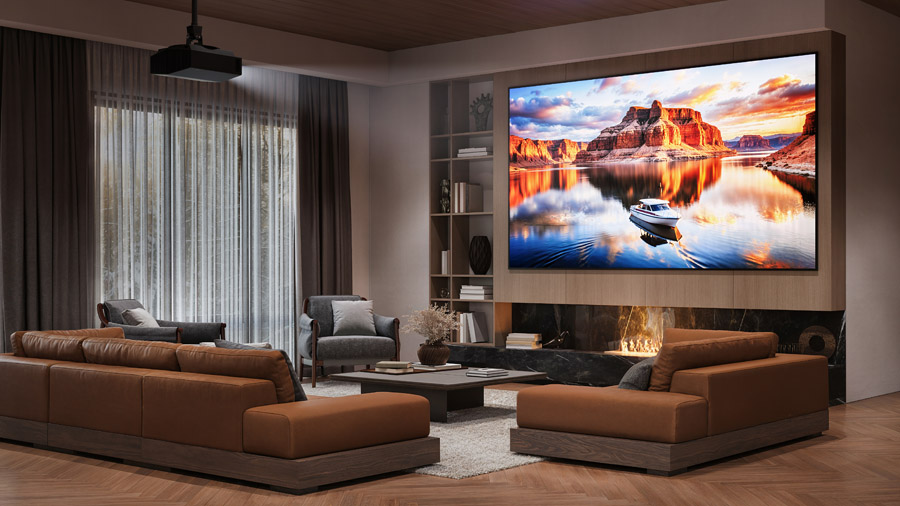
Also, one relatively important feature, for some, which is missing in the BRAVIA Projector 7 (because of its lack of motorized zoon and lens shift) is lens memory. Lens memory allows a projector to easily switch between different aspect ratios, so you can set the projector to 16:9 for TV shows or news and push a button to expand the screen to 2.4:1 or 2:1 for different widescreen movies and shows, depending on their aspect ratio. Of course this feature requires that you actually have a 2.4:1 projection screen in the first place, otherwise it’s of little value. But as a fan of widescreen movies (and an owner of a 2.4:1 Stewart Filmscreen screen), I do enjoy the lens memory function on the BRAVIA Projector 8.
From speaking to Sony’s product manager for projectors at the press briefings, I learned there is a new feature on the Projector 7 that may accomplish something similar called “Aspect Ratio Scaling.” This can allow the projector to switch from 16:9 to 2.4:1 aspect ratio by digitally zooming the center portion of the screen to fill a CinemaScope screen without stretching or distorting the image. This is similar to how lens memory works, but would likely be limited to just a single toggle between 16:9 and 2.4:1 (or 2.35:1).
While this feature may not be as flexible as a fully customizable lens memory, which can have presets for multiple aspect ratios, it may allow customers with a preference for CinemaScope presentations to get most of the way there without the additional expense of a more expensive projector, or an add-on anamorphic lens and outboard processor. We look forward to checking out this feature once we get our hands on a review sample.
Key Features of the BRAVIA Projector 7
- Compact Design with Native 4K Laser Technology: Engineered for effortless
integration into modern living environments, this new projector offers a sleek, compact form factor without compromising cinematic quality. - Bright Performance for Most Living Spaces: 2,200 lumens of brightness (higher than
the VPL-XW5000ES) – ensures vibrant, crystal-clear images even in fairly well-lit spaces. - XR Processor for Projector: effective tone mapping and upconversion assures strong performance regardless of source quality
- Optimized for Gaming: 4K/120fps with Auto Low Latency Mode, and low 12ms response time
- Smart Home Integration & Remote Maintenance: Fully compatible with leading home
automation platforms like Control4, Crestron, Savant, and AMX. Plus, remote monitoring via OvrC and Domotz lowers the chance of service calls being required - Flexible Installation Options: Corner Keystone Correction and versatile manual Lens Shift functions make installation simple, even when projector placement is less than ideal.
- New Aspect Ratio Scaling Mode: Seamlessly switch between 2.35:1 and 16:9 content on Cinemascope screens—no lens adjustments needed.
Pricing/Availability:
The BRAVIA Projector 7 pricing/availability has not yet been announced but it will be available for sale at our affiliate partner ProjectorScreen.com (note: a purchase made from these links may generate commission for eCoustics).
BRAVIA Projector 7 in White (ProjectorScreen.com)
BRAVIA Projector 7 in Black (ProjectorScreen.com)
The Bottom Line
High end home theater projectors which lack motorized zoom and lens shift can be a tough sell as they make it trickier to support ultra wide CinemaScope content on ultra wide screens, which some consumers want. But if the Projector 7’s Aspect Ratio Scaling feature works as expected, this could be one killer home theater projector for even the most discerning movie lover. We look forward to testing the Projector 7 out when it becomes available.
Related Reading:
Sony Surprises at CEDIA Expo with New BRAVIA Projector 8 and BRAVIA Projector 9
Sony Launches New Flagship QD-OLED TV, The BRAVIA 8, Mark II

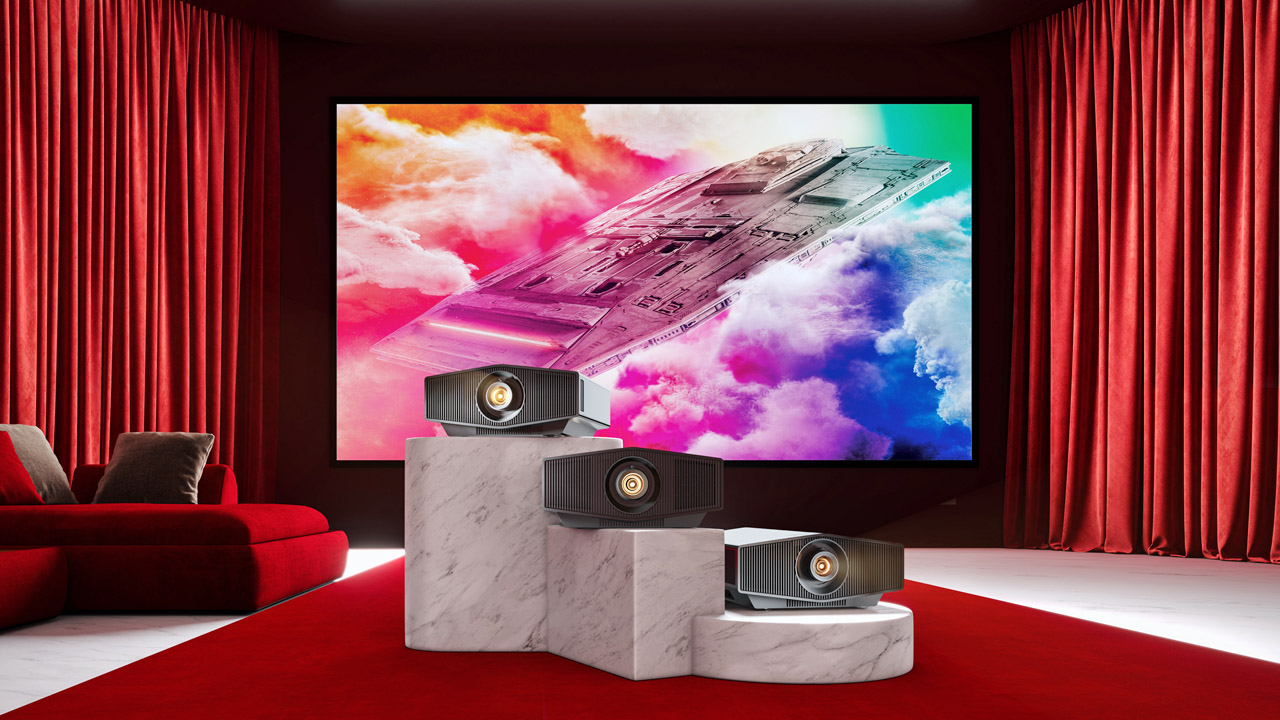
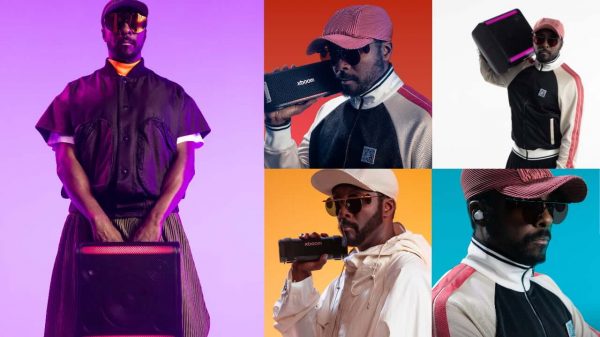
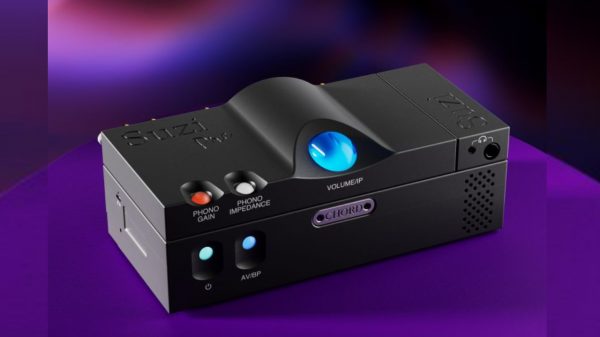
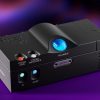
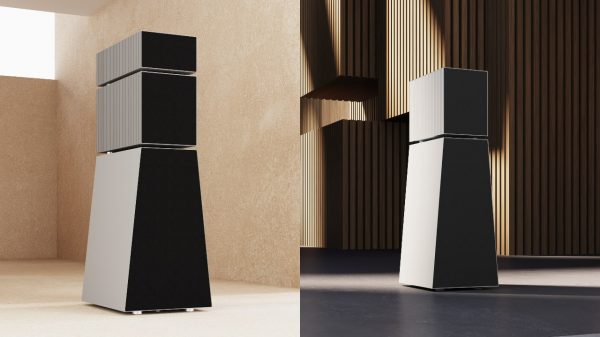
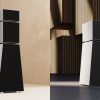

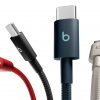






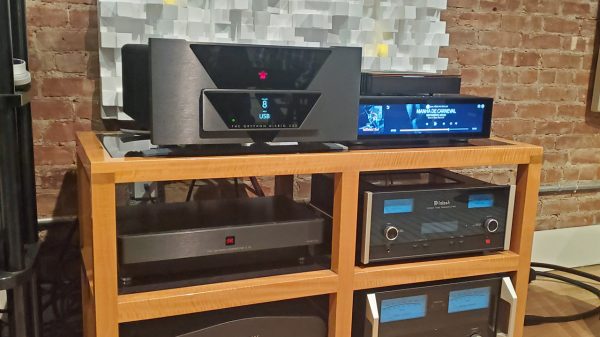






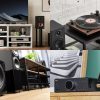
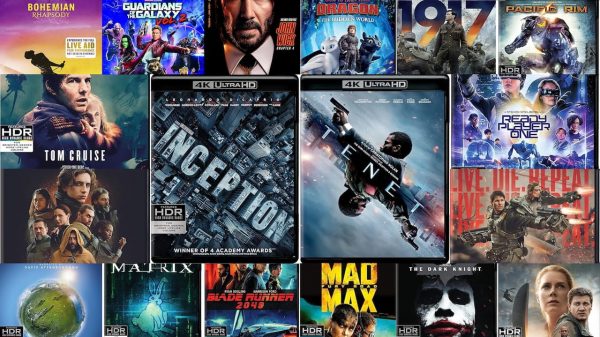














Anton
April 2, 2025 at 4:15 pm
Toys for rich people with dedicated rooms and small…movie collections.
At those prices, a 100-inch+ TV makes more sense.
Does JVC still charge over $20K for their best projectors?
Chris Boylan
April 2, 2025 at 5:59 pm
100 inches? Meh. Projectors like this can do 200 inches or even larger in the right room. And yes, that’s 4X the size of a 100-inch TV because MATH. Sony and JVC both have projectors over $20K (even over $30K). We expect this one to come in for well under $10K.
Also, try doing Cinemascope 2.4:1 on a flat panel TV. Go ahead and try. I’ll wait…
Ian White
April 2, 2025 at 6:26 pm
He’ll be waiting a very long time.
In all fairness, only dedicated movie fans like us care about Cinemascope 2.4:1 and watching movies in all of their intended glory. #sad
He probably watches TikTok videos vertically on his smartphone.
Under $10K would be nice for a Sony 4K projector.
IW
Chris Boylan
April 2, 2025 at 10:56 pm
You can already get the VPL-XW5000ES 4K projector for under $10K but it doesn’t have the XR processor nor the new Aspect Ratio Scaling feature so it wouldn’t be on my short list.
Ian White
April 2, 2025 at 11:19 pm
He’ll Love the new Strato M. #2K #not
Tom
April 8, 2025 at 7:45 pm
“… by digitally zooming the center portion of the screen to fill a CinemaScope screen without stretching or distorting the image.” That needs further explanation.